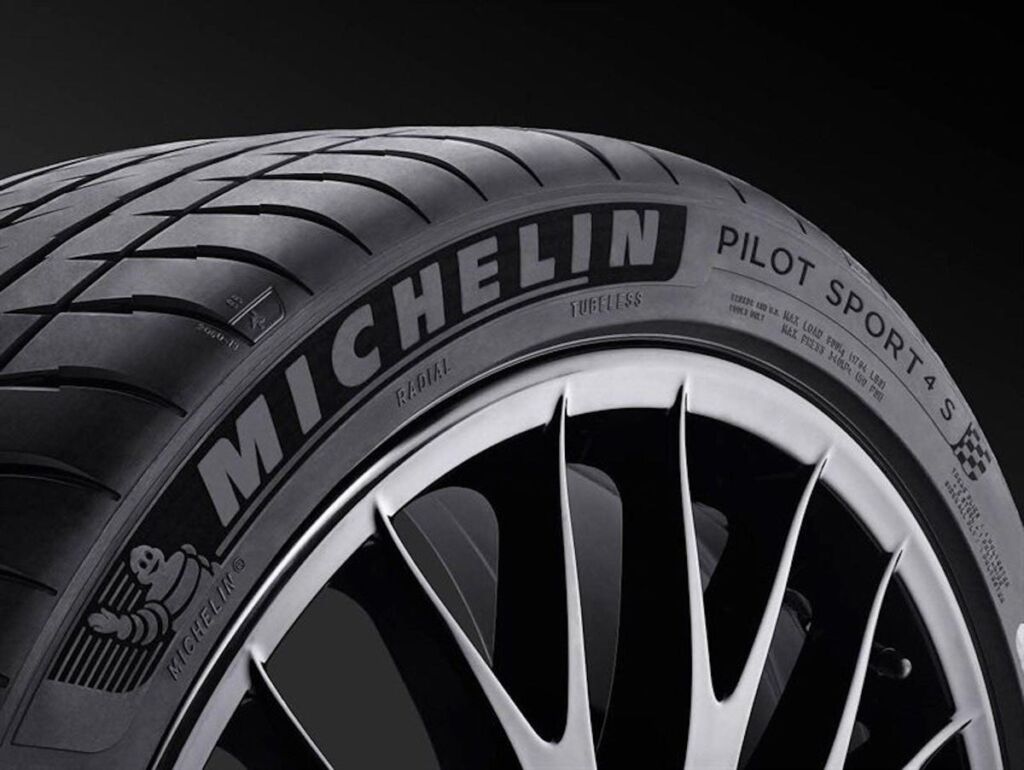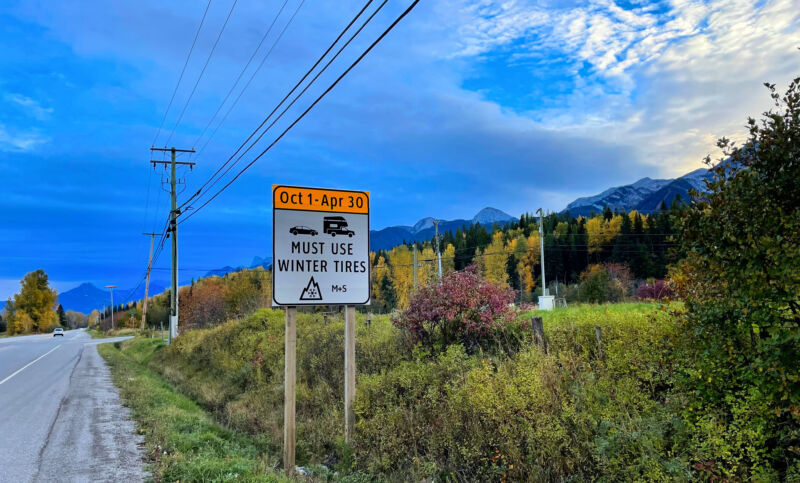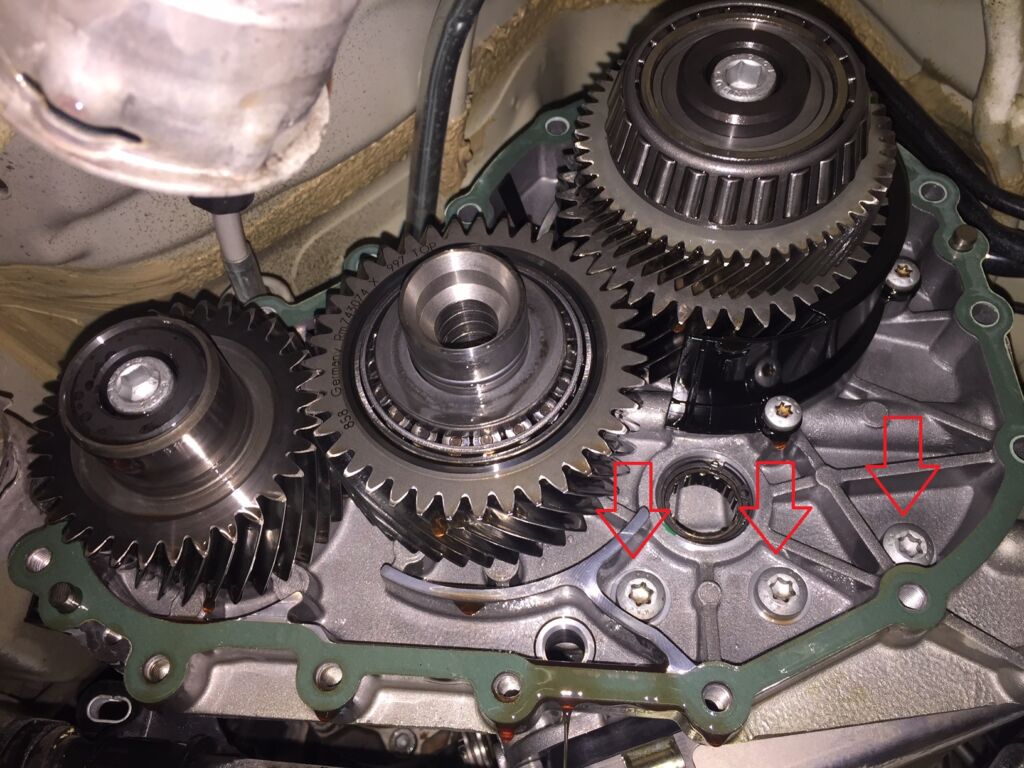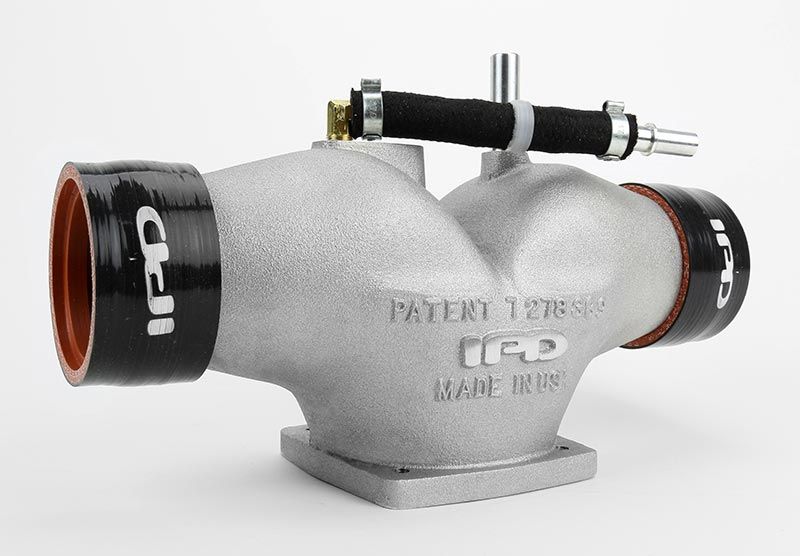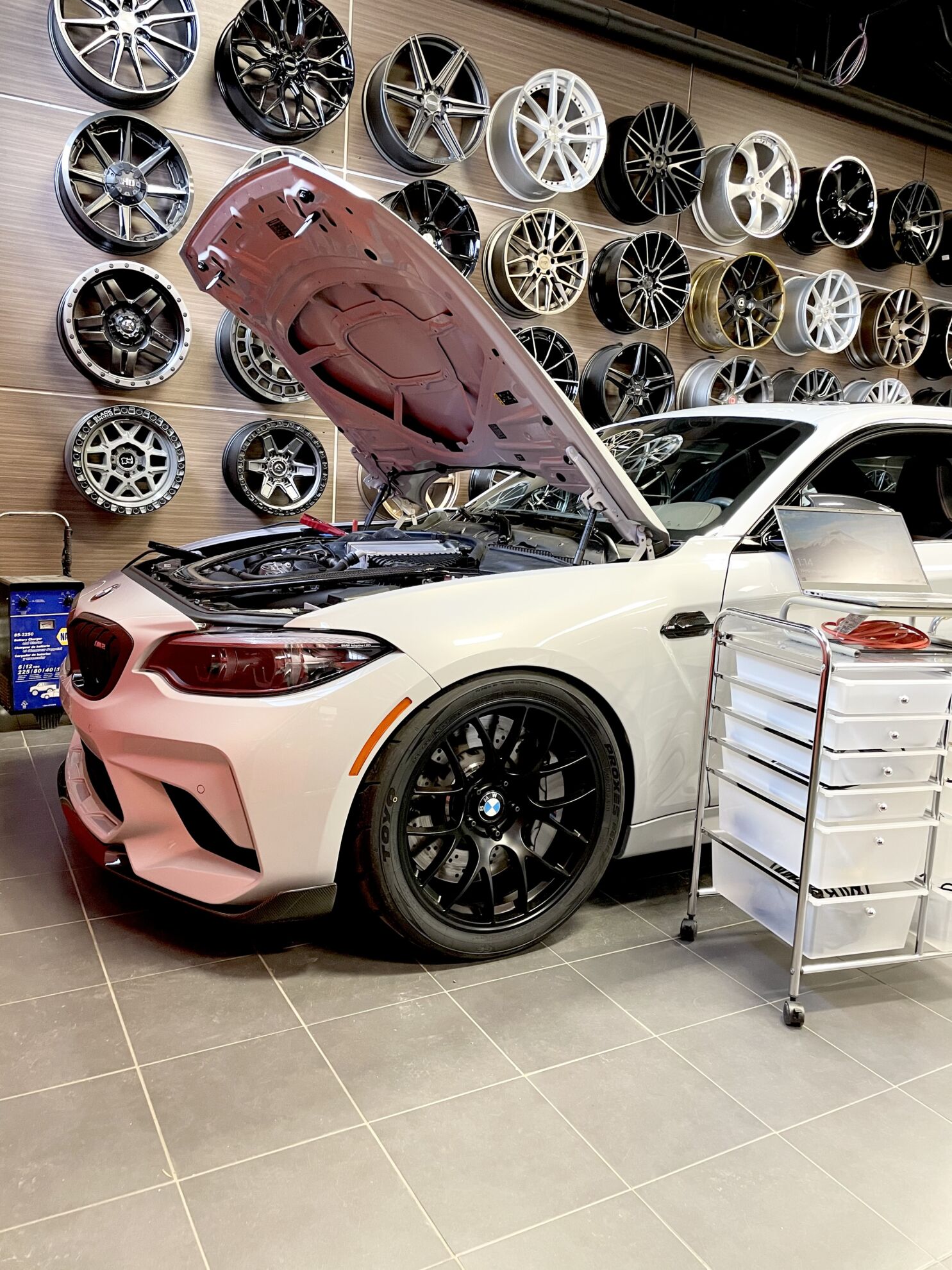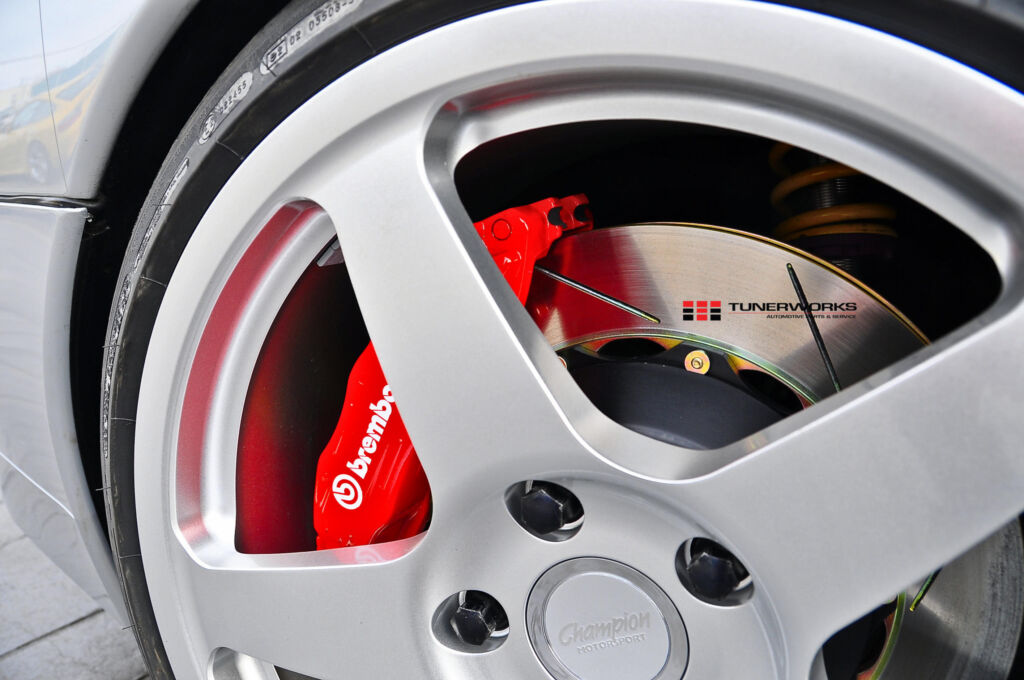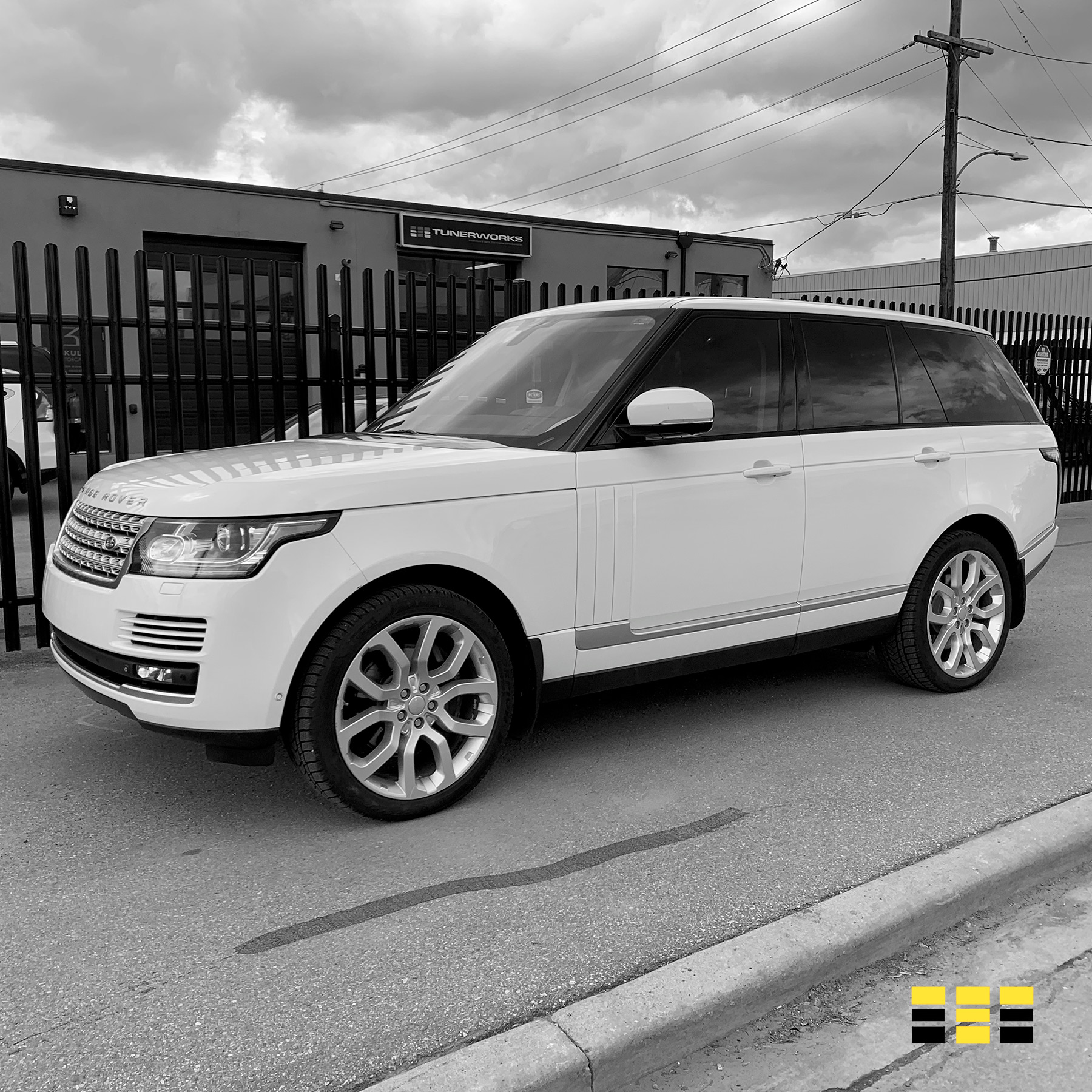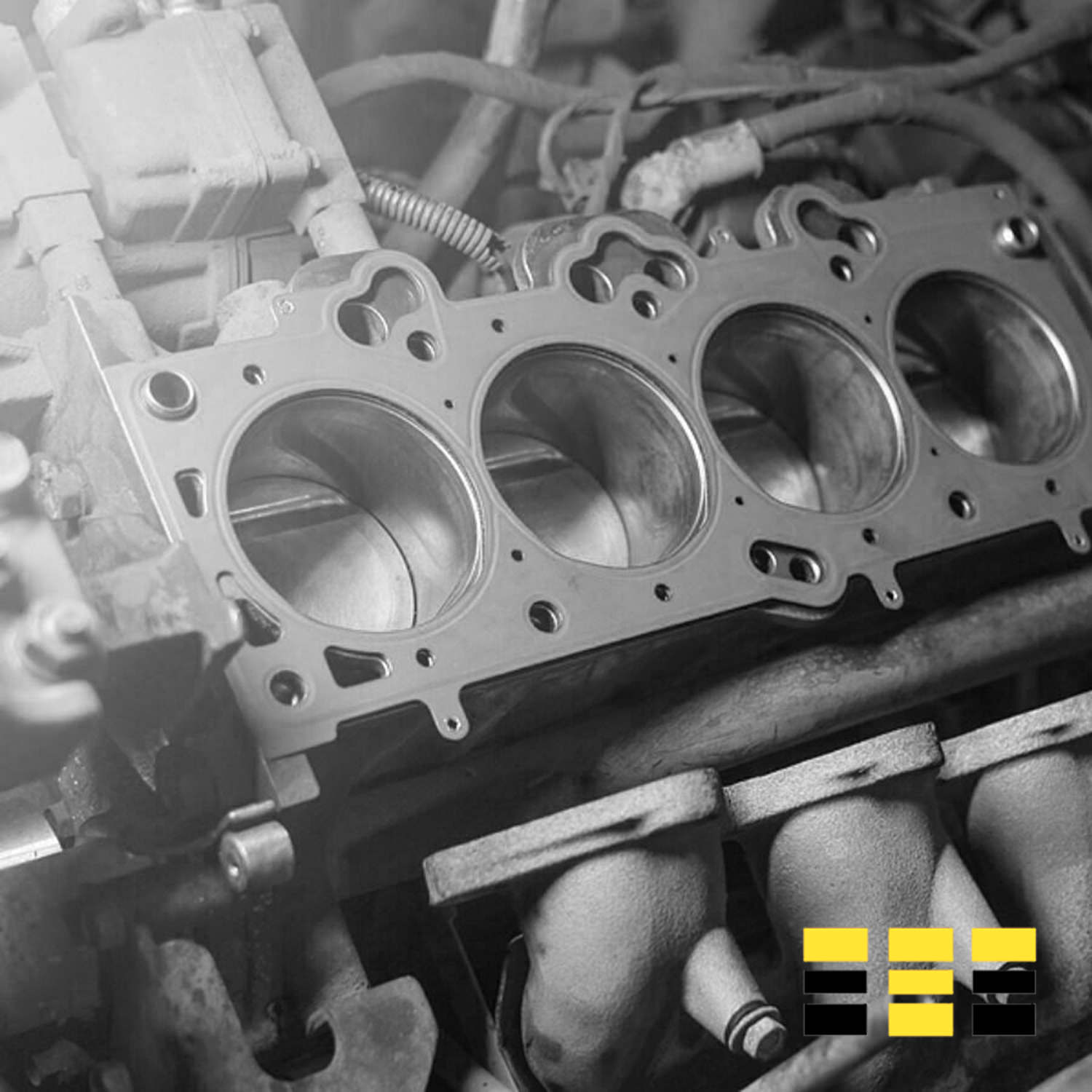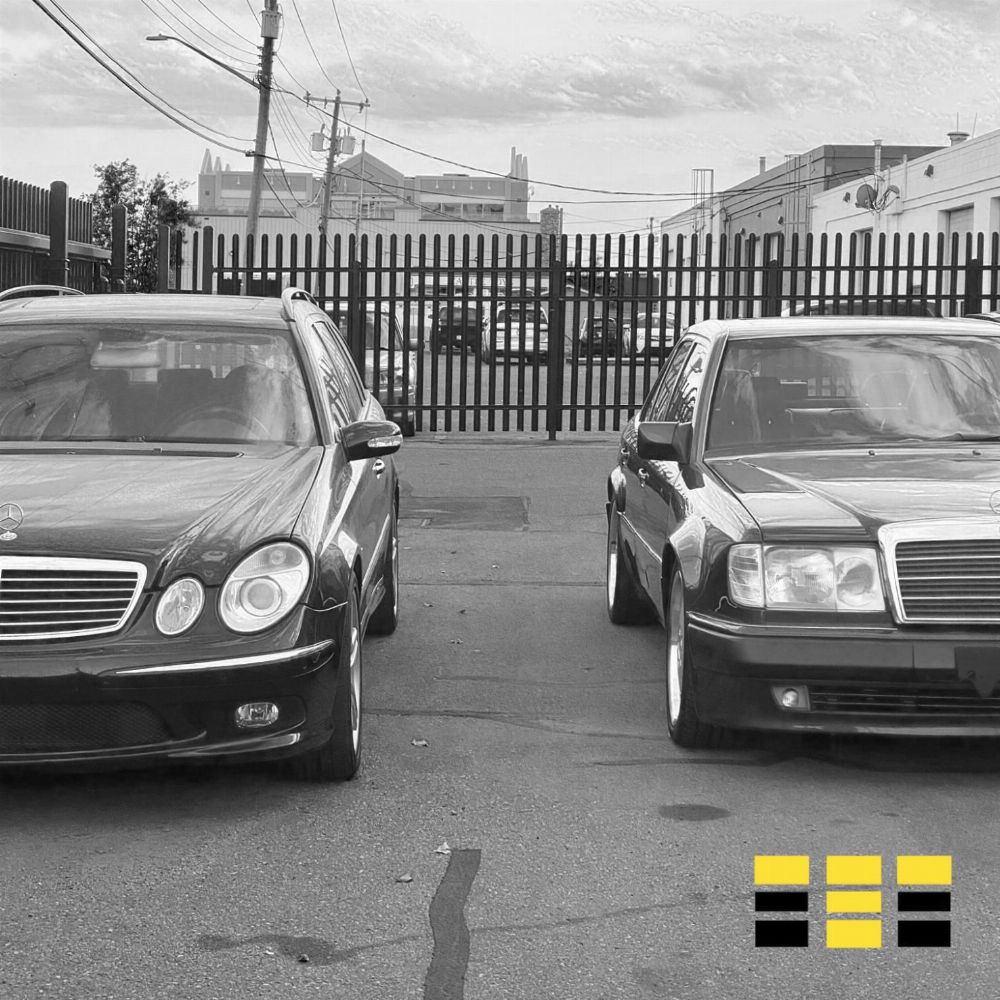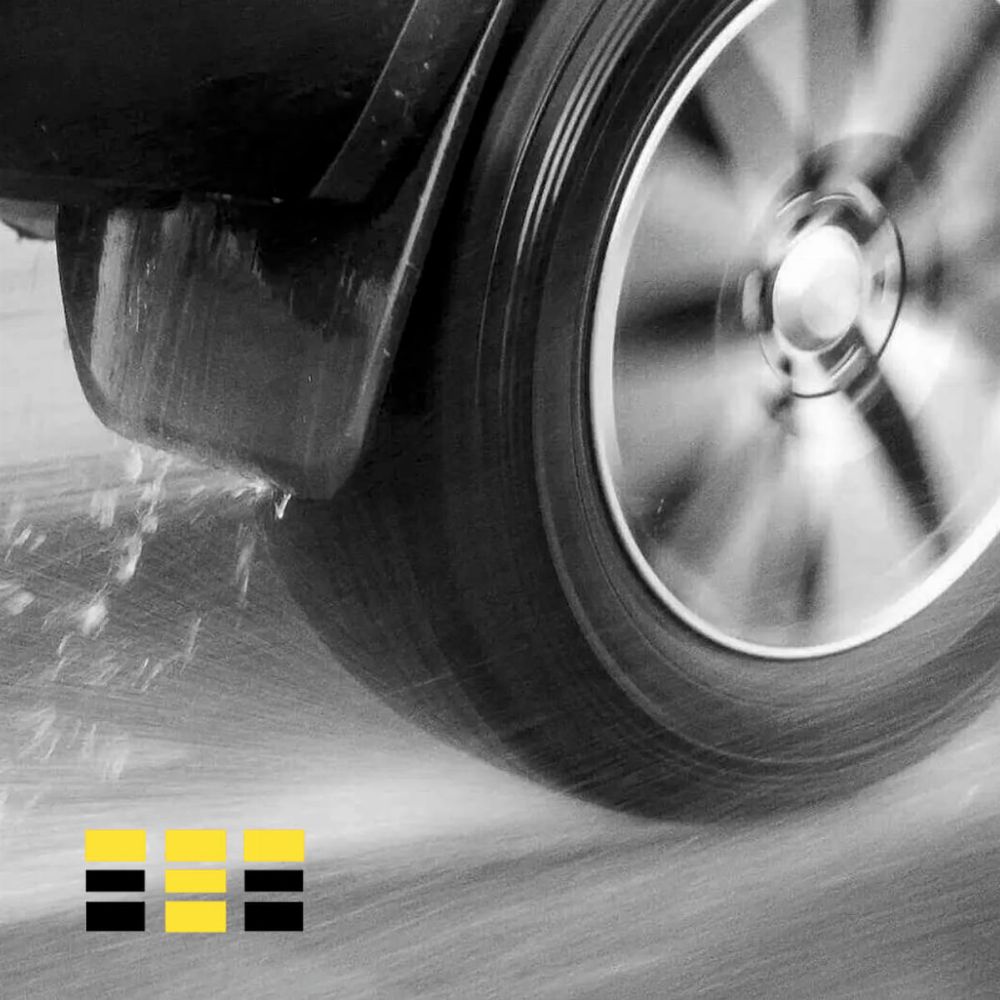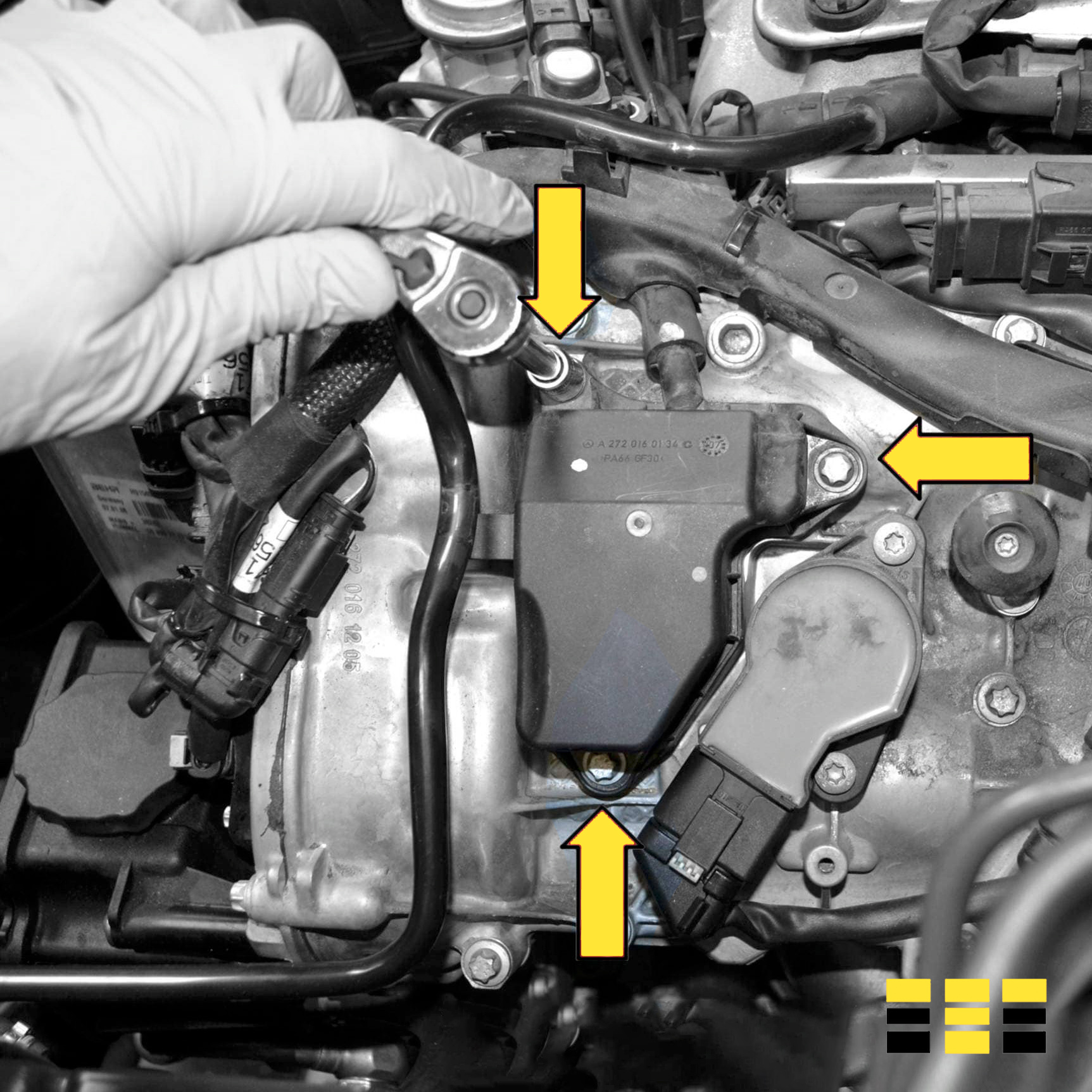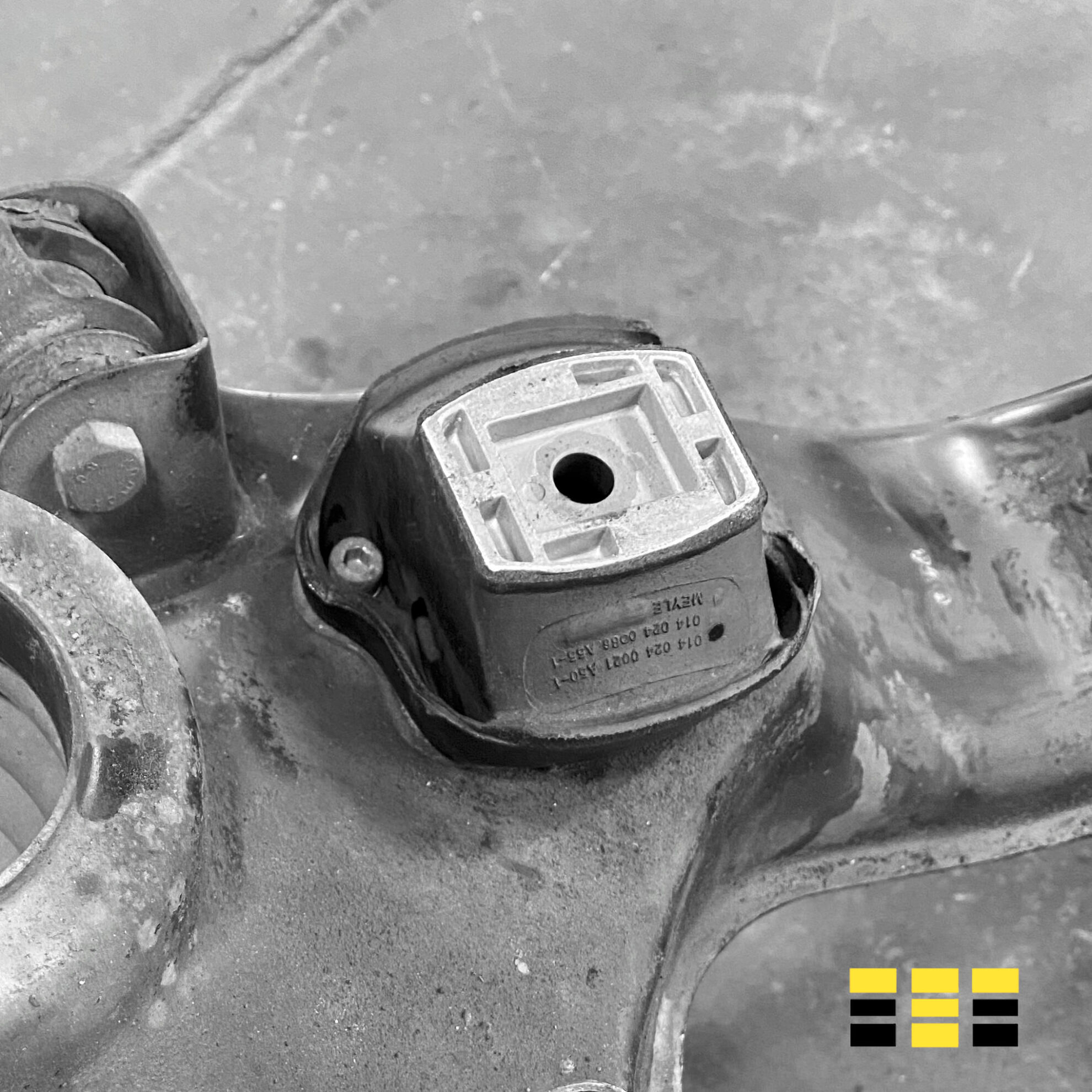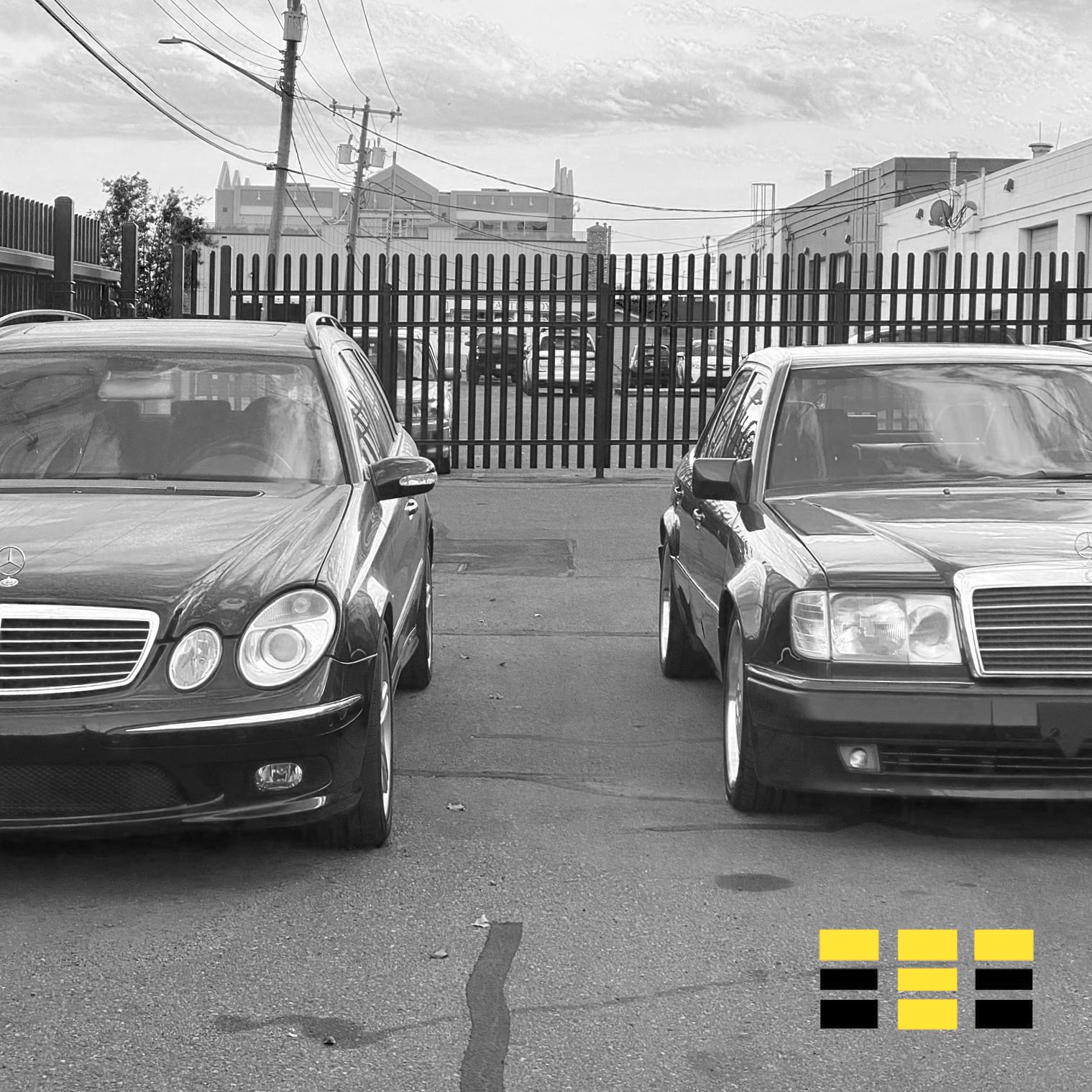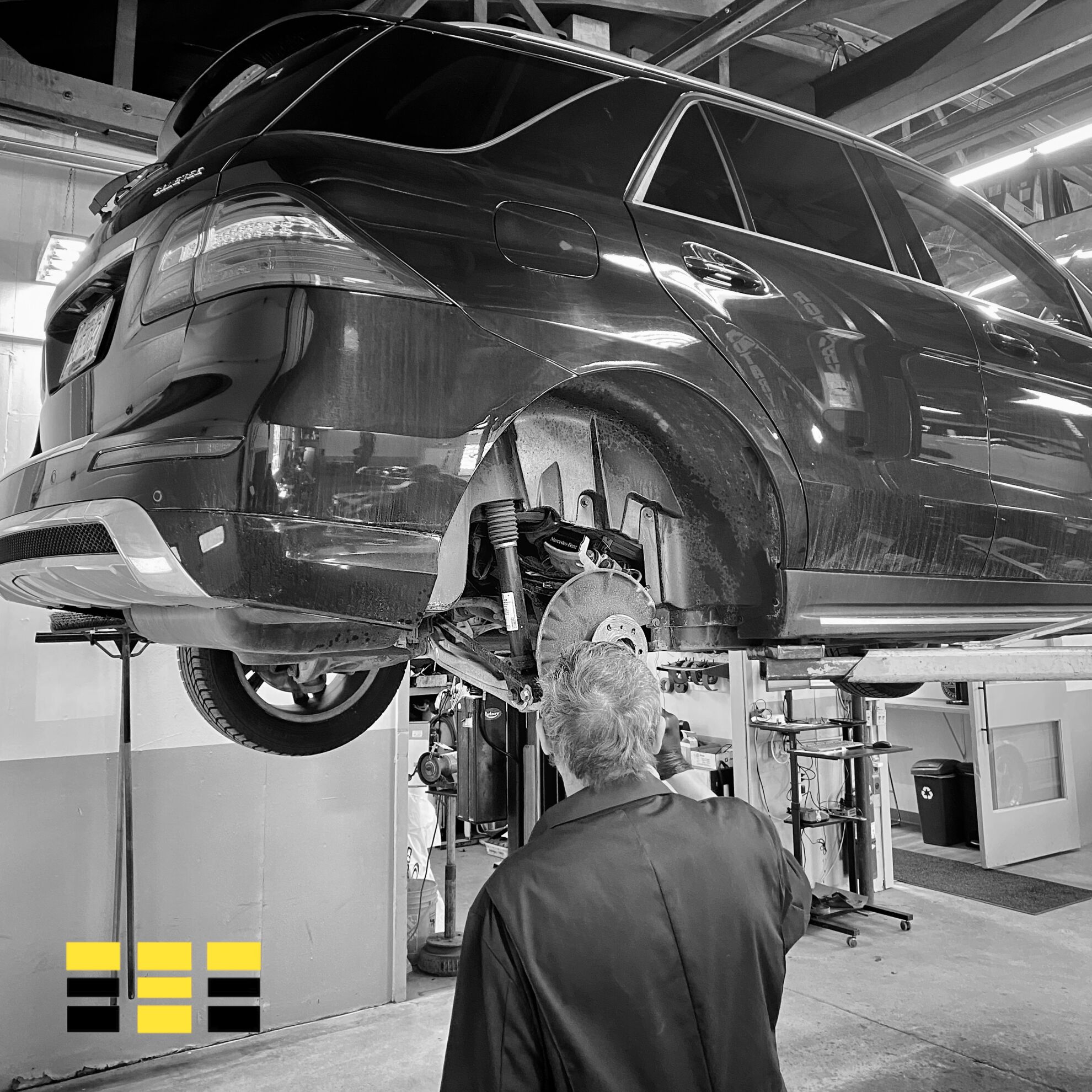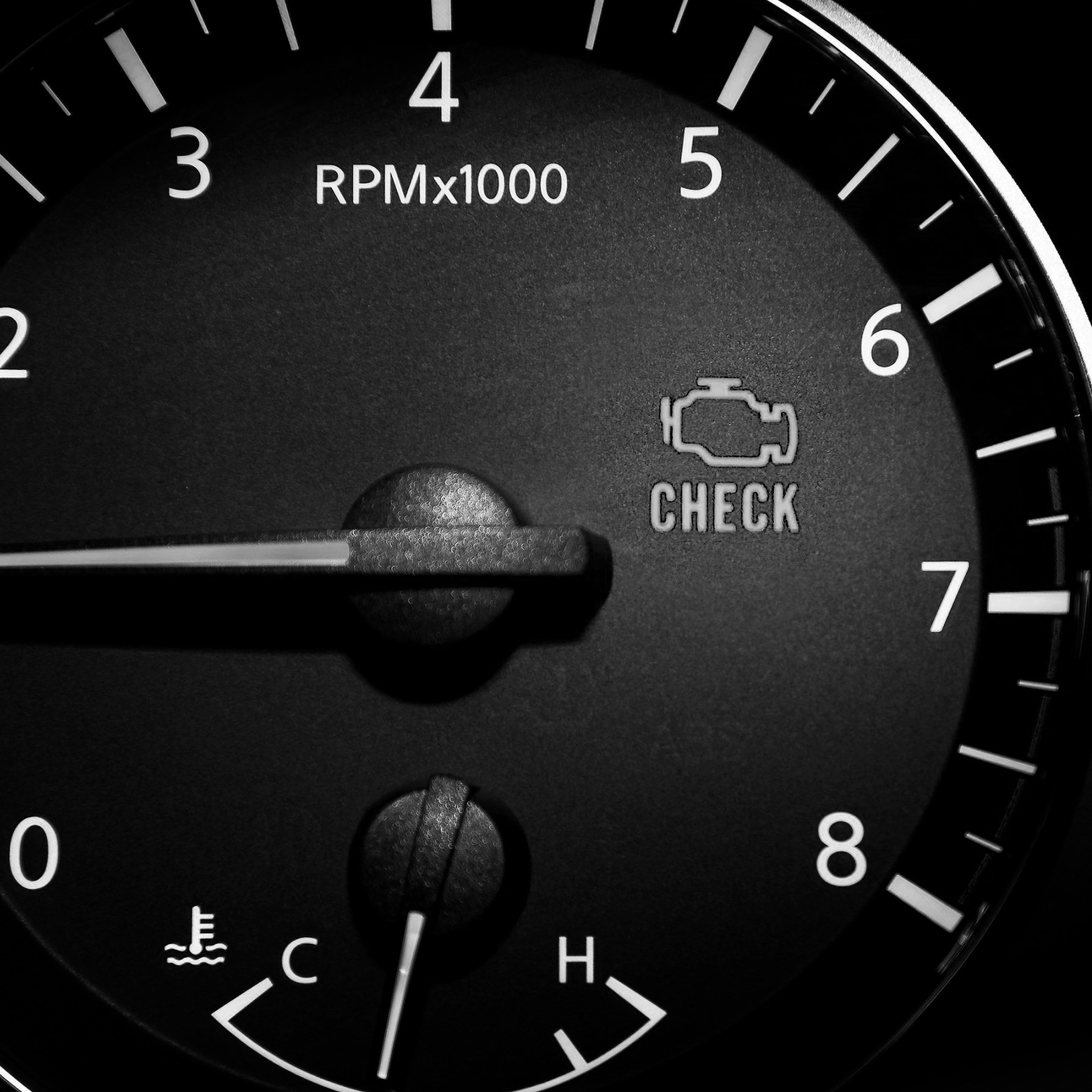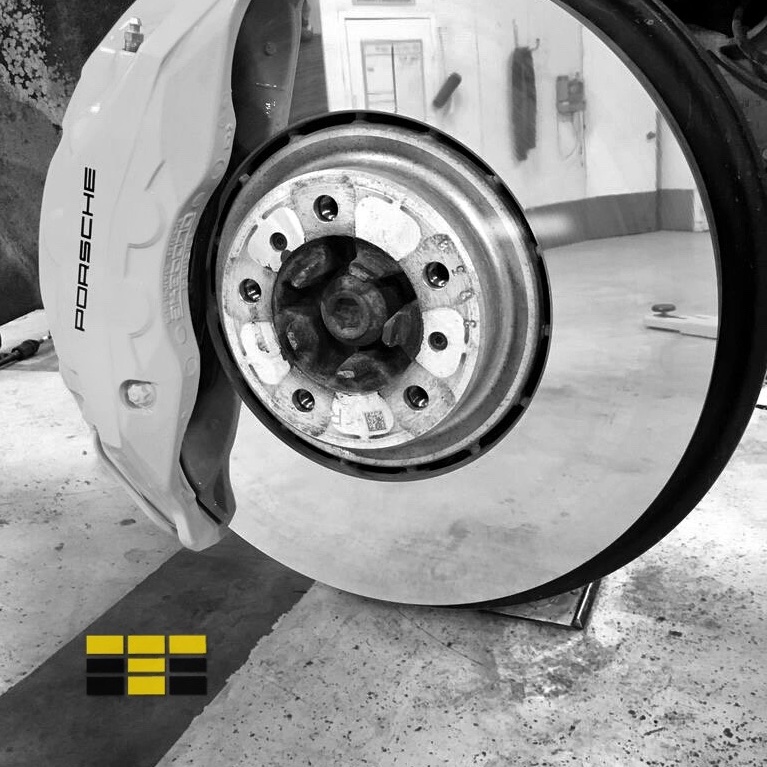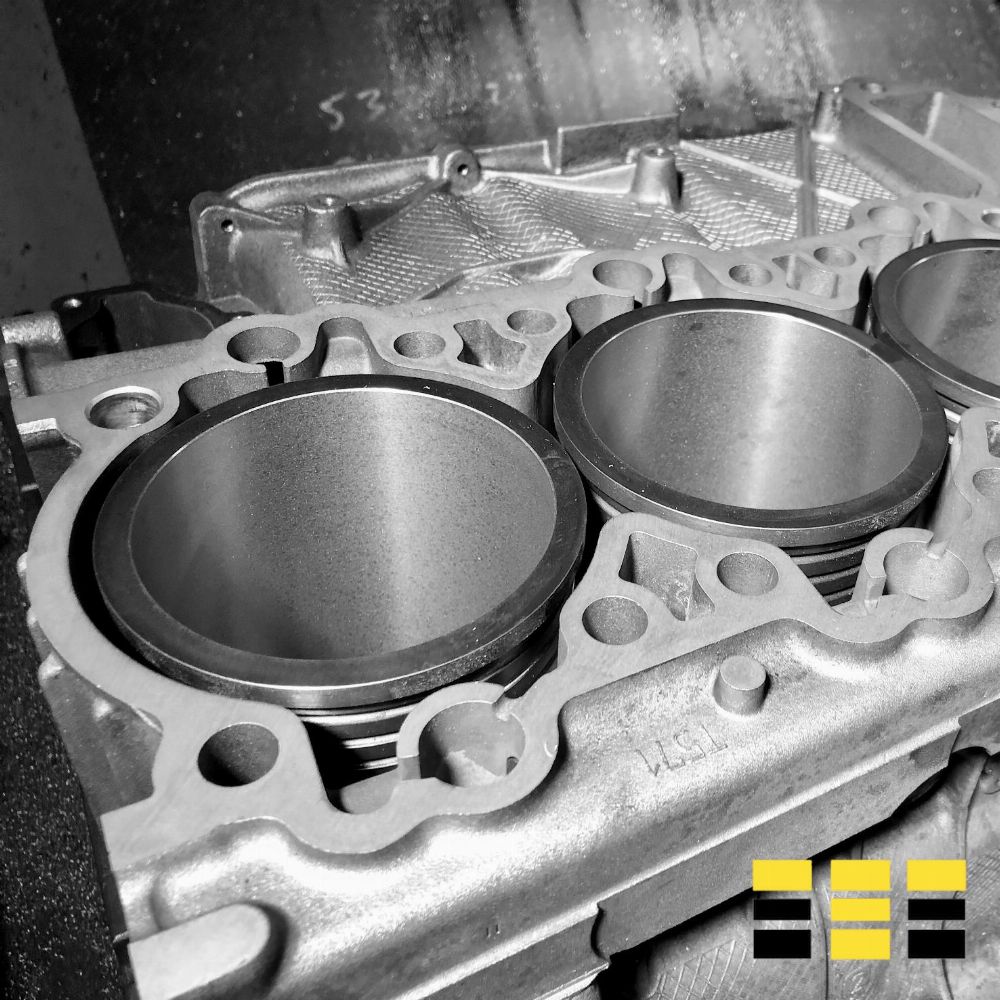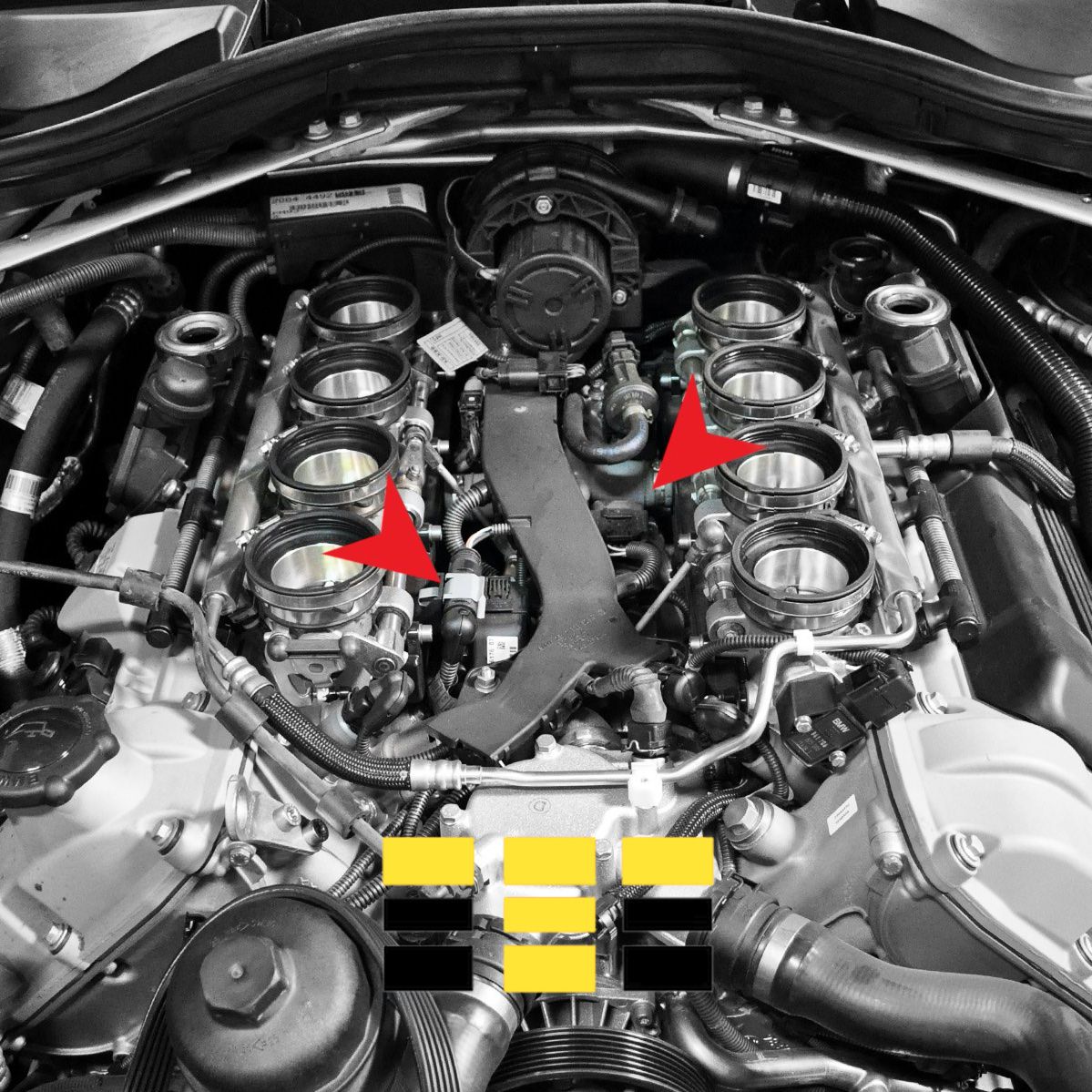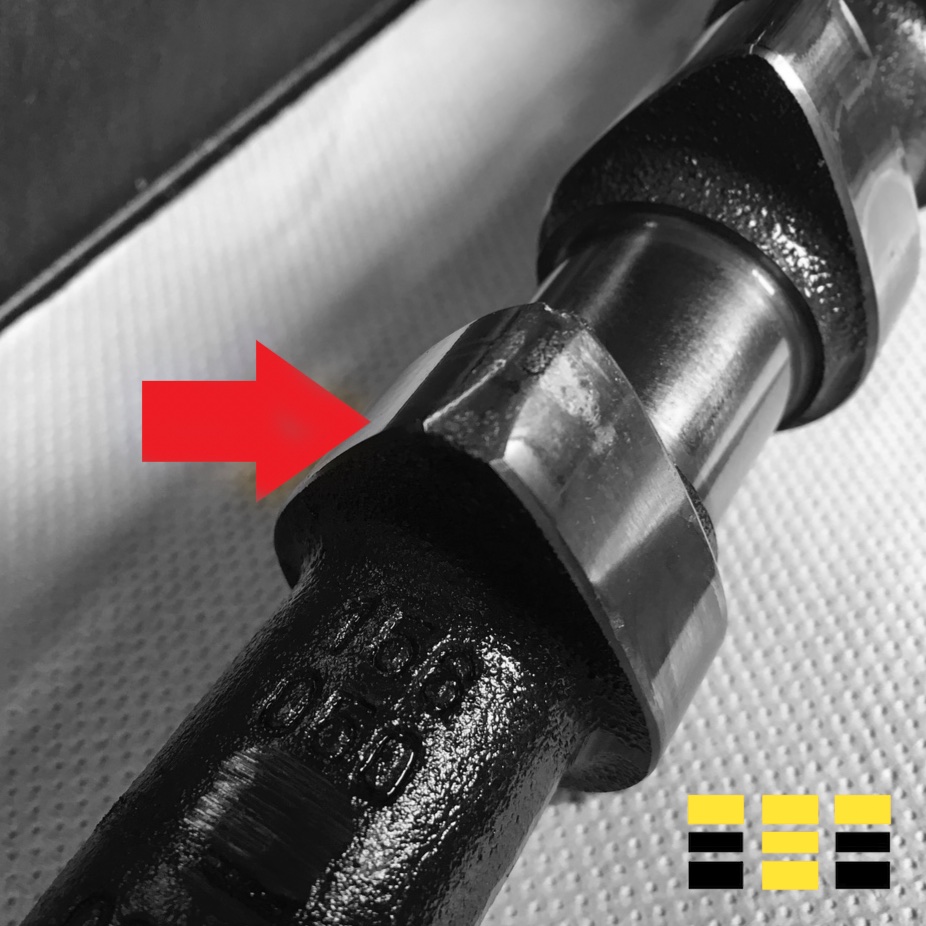Blog
Spring 2025 Tire Rebates | Calgary Alberta | $ Money in your Pocket $
Tire Rebates | 2025 Spring | Calgary, AB. Order TODAY to guarantee you have the tires you need! We...
Read More
Winter Tire Rebates 2024/2025 | Drive With Confidence This Winter | Calgary, AB.
Winter Tire Rebates 2024/2025 Calgary Winter Season Order today and we will store them until you're ready to have them...
Read More
Porsche 996/997 AWD Tiptronic Transfer Case Oil Leak Repair
Tunerworks Service Transfer Case Oil Leak Repair | When Porsche OEM is not an option Oil leaks can be challenging...
Read More
IPD Porsche Plenums & Y-Pipes – Porsche power through efficiency
IPD Porsche Plenums & Y-Pipes Porsche power through efficiency Do you like horsepower and drive a 1997 to 2022 Porsche?...
Read More
ECU Tuning
ECU Tuning ECU Tuning | Chipping, flashing, reflashing, tuning, performance software, ECU, DME, PCM, power programmer or voodoo magic? There...
Read More
Brembo needs no introduction
Stunning Brembo GT | BM8 8 Piston Monobloc Calipers As the world’s most recognized supplier of high-performance brake systems and...
Read More
LandRover / RangeRover 8000km Service – Dealer Only?
Routine vehicle maintenance is a simple process but is key to maintaining the health of your vehicle. Knowing when to...
Read More
Head Gaskets and Overheating
The Tunerworks Service Head Gaskets & Overheating | A blown head gasket presents serious danger to the health of your...
Read More
Mercedes Benz Service A | Calgary’s #1 Dealer-Alternative
The Mercedes-Benz Service A is a scheduled maintenance procedure conducted after one-year of ownership, or 20,000kms, whichever comes first. Here...
Read More
Everything You Need to Know About Hydroplaning
Tunerworks Service Understanding Hydroplaning | Once the rainy season hits after summer, sudden downpours seem to happen at the least...
Read More
Mercedes Air Oil Separator (AOS) Replacement
The Tunerworks Service Air Oil Separator | 2008-2014 Mercedes Vehicles Equipped with M272 (E, M, GL, GLK, SLK, and C...
Read More
Servicing Engine Mounts
The Tunerworks Service Engine Mounts | Read this guide to learn five common signs of failing engine mounts, why they...
Read More
BMW: The Vanos Solenoid
The Vanos Solenoid is a BMW-specific component that adjusts engine timing, helping your BMW achieve superior performance. It is a...
Read More
Thoughts on Fuel
The old adage, “you are what you eat” holds true for our vehicles as well as our bodies.
Read More
Air Spring Suspension Repair
The Tunerworks Service Air Spring Suspension Repair | Like any vehicle component, the air suspension is not invulnerable to damage...
Read More
“Service Engine Soon” VS “Check Engine” Light
Tunerworks Service "Service Engine" VS "Check Engine" Light | Whether you want to know exactly which component is misbehaving and...
Read More
Should I Change My Brake Fluid?
The Tunerworks Service Brake Fluid Servicing | Over time, your brake fluid will accumulate contaminants. Things like dust and moisture...
Read More
Water-Cooled Porsche Engine Rebuild. Is It Worth It?
The Tunerworks Service Porsche Engine Rebuilds | As your vehicles gets older, the time for an engine rebuild will eventually...
Read More
BMW E9X M3 Throttle Actuators
Inside each throttle actuator of a BMW E9X M3 is a set of plastic gears, the gears will begin to...
Read More
Mercedes Benz M156 Defective Camshafts & ARP Head Stud Update
Mercedes Benz M156 defective camshafts & ARP head stud update involves, draining the oil, removing both valve covers, removing both...
Read More
Load More


